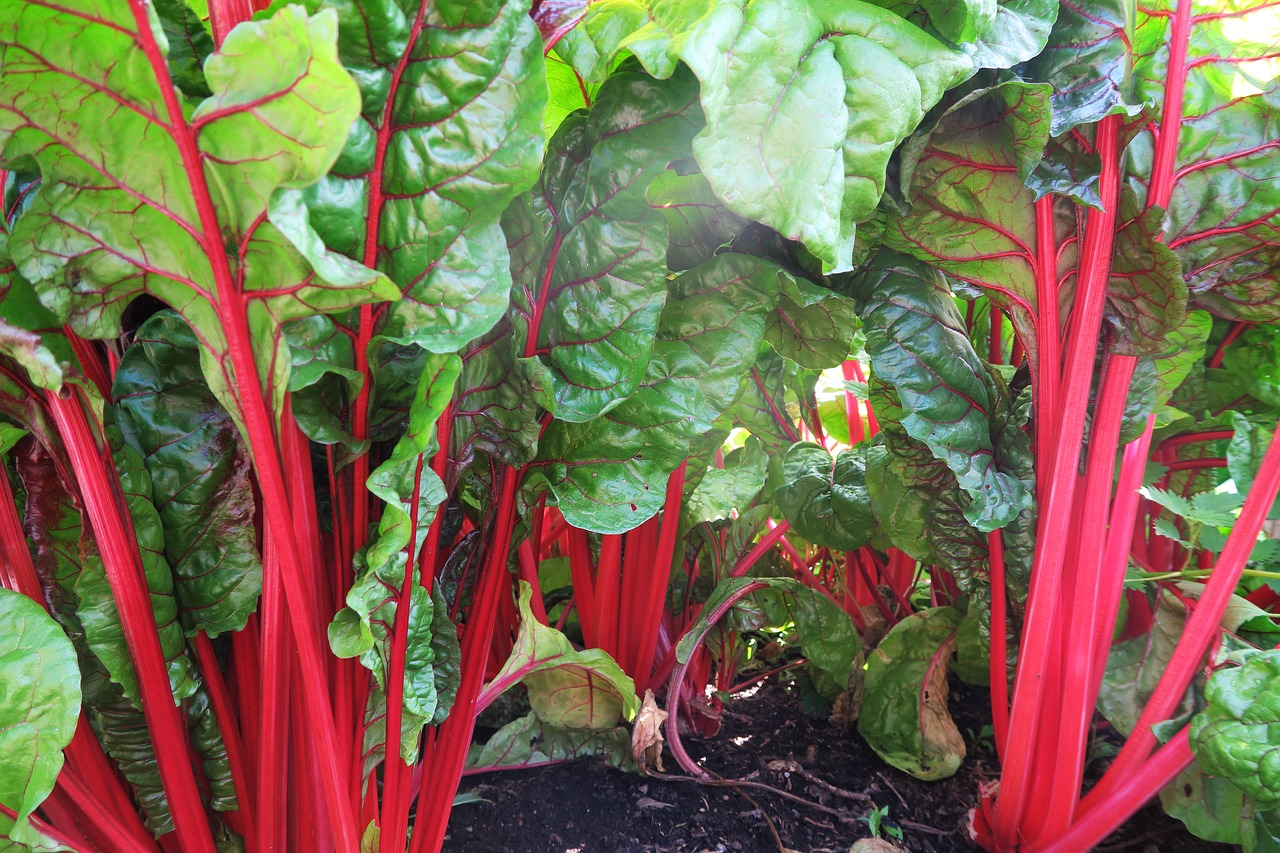
Marlene's bed with swiss chard: a planting plan
As part of our themed weeks on mixed cultivation, we present five example beds that you can use as inspiration for your own mixed cultivation. In this autumn bed, chard and cabbage grow together with fast-growing gap fillers such as radishes and lettuce.
Marlene is part of the marketing team and has been gardening organically with mixed crops on a piece of land for 5 years. Her diverse chard patch shows that even in the transitional season, your vegetable patch can always be full! When late summer turns into fall, all the summer vegetables are gradually harvested. But even in the fall, there are many delicious vegetable plants that you can plant in mixed cultivation. The colorful chard mix 'Bright Lights' grows relatively tall with lush foliage and can therefore be combined well with rather low plants. The fast-growing radish 'Rudi' is just as suitable as the carrot 'Nantaise 2/Milan' or similar varieties. For a little fresh salad in the bed, the chard rows are supplemented with the lamb's lettuce 'Verte de Cambrai' and the head-forming lettuce 'Grüner aus Maria Lankowitz'. When growing mixed crops, always make sure that plants from the same family are not planted directly next to each other. At first glance, spinach could also be a nice addition to chard, but it also belongs to the foxtail family and should therefore be grown at some distance from the chard.

When the temperatures start to drop, there's one thing you can't do without: cabbage! Cabbage is THE winter vegetable par excellence. It belongs to the cruciferous family (Brassicaceae) and is not alone. Radishes and the stubble turnip 'Zürcher' are also part of this diverse plant family. To ensure that no cruciferous plants grow right next to each other, a bit of puzzling is required. The 'Holsteiner Platter' cabbage grows here next to lamb's lettuce, which belongs to the honeysuckle or valerian family. The stubble beet is separated from the leek 'Hilari' (Amaryllis family) by a row of 'Winterriesen' spinach. The latter in turn grows next to spinach and the kale 'West(er)länder Winter'.
In this exemplary bedding plan, vegetables with a high or medium consumption always alternate with vegetables with a low consumption. The rooting intensity also alternates from row to row. In this way, the soil can be used and rooted evenly by the vegetable plants. The individual plants do not get in each other's way too much, but still cover the soil and protect it from erosion and other weather influences.
Would you like to receive helpful gardening tips all year round and plan your own beds optimally? Then register here or download the Fryd app for Android or iOS.
Fryd - your digital bed planner
Cover image by thansi on Pixabay

Annabell
Annabell is studying agricultural biology at the University of Hohenheim. She also enjoys gardening in her private life, spends a lot of time in nature and loves to be creative.
Learn MoreCurrent Topics in the Community
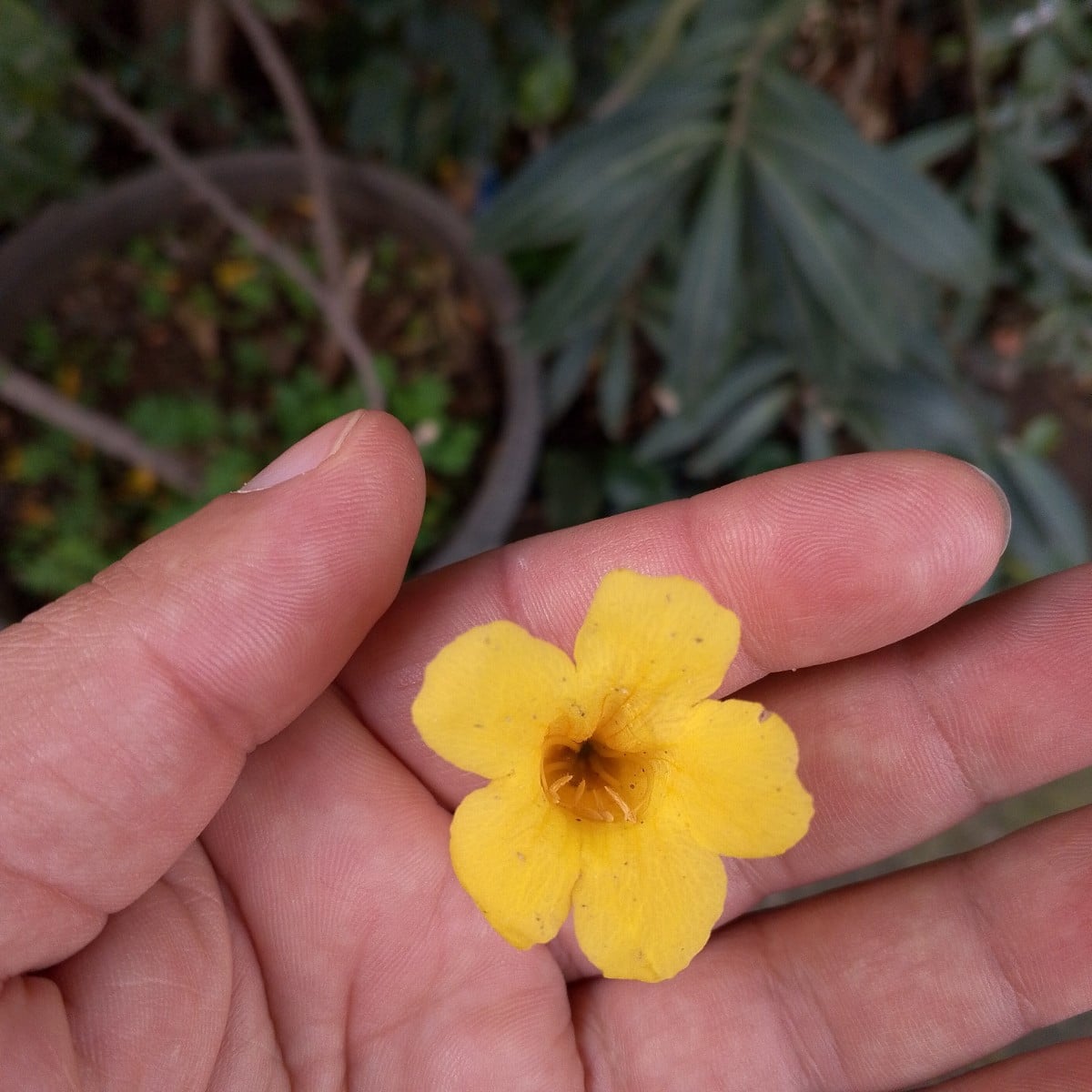
Liked 3 times
A beautiful flowers in the street again 🏵🟡
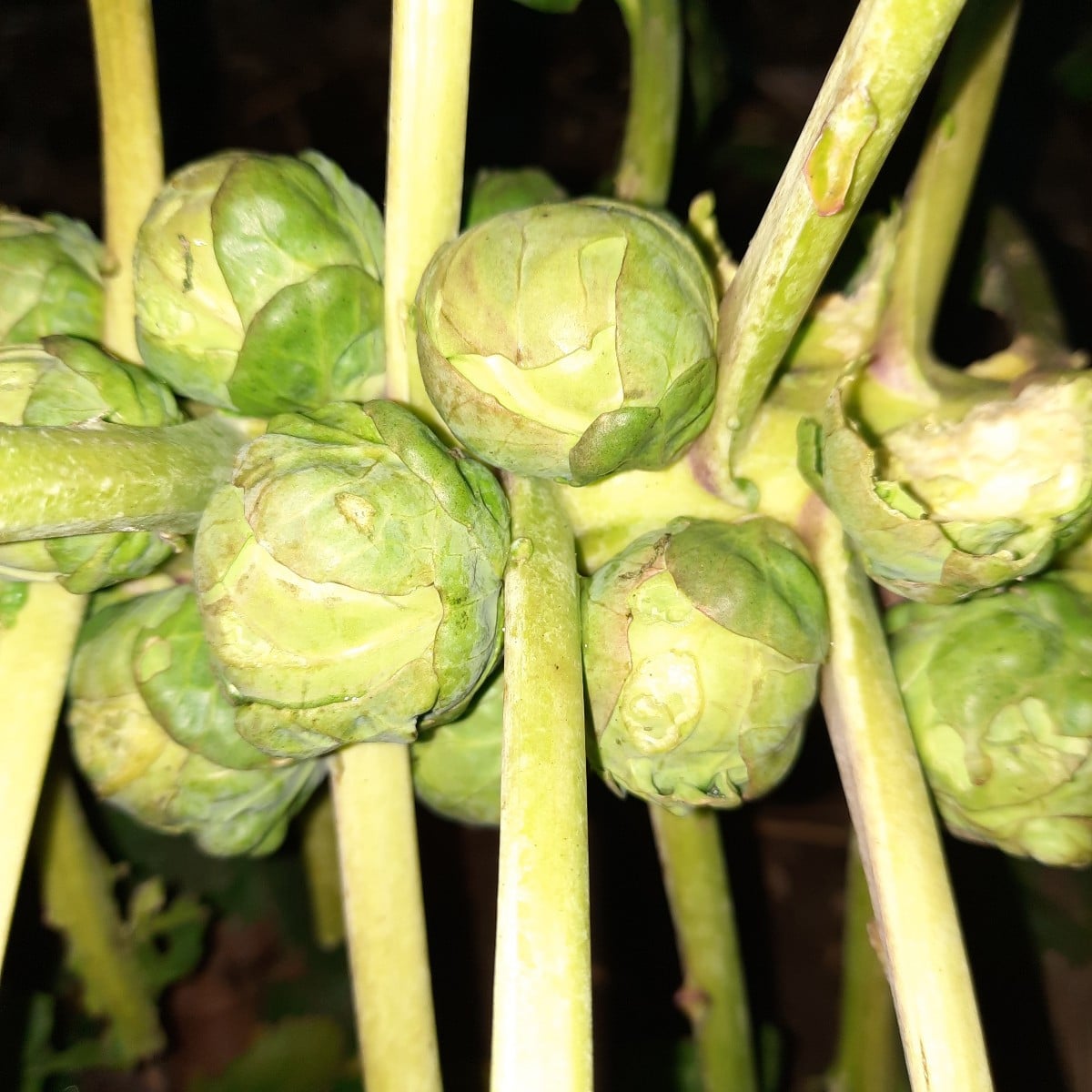
Liked 7 times
The Brussels sprouts have grown really well 😊
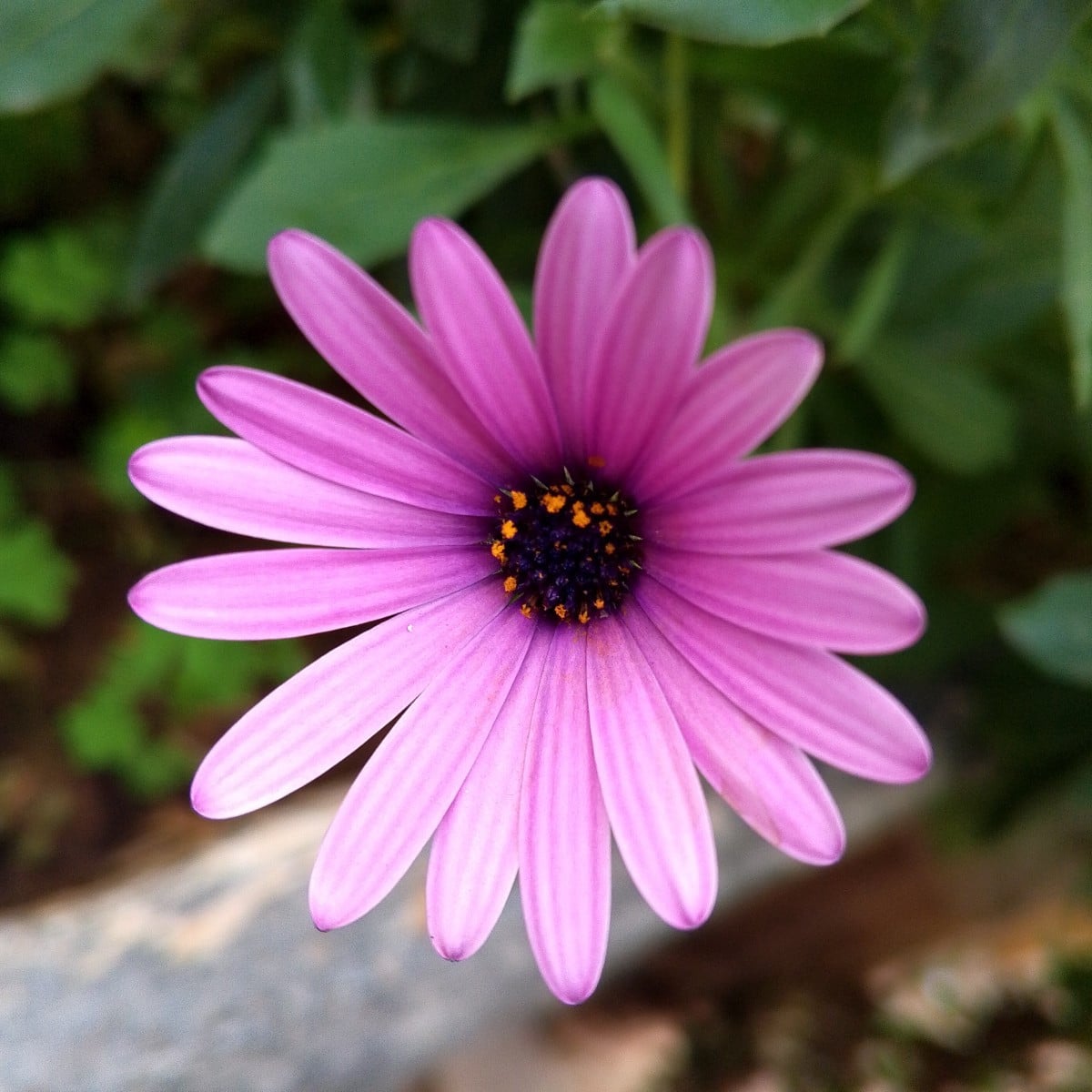
Liked 10 times
I found this in the street 🌼🌺 i dont know its name
Show 9 answersPopular Articles
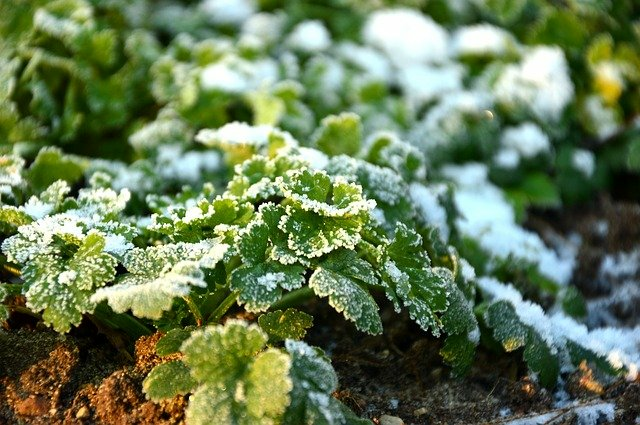
Overwintering Parsley: How to Do It Successfully

How to Grow Lettuce in Winter: Varieties, Sowing, Harvesting

Growing Sage Plant: Tips for Sowing and Harvesting

What Herbs Can Be Planted Together?
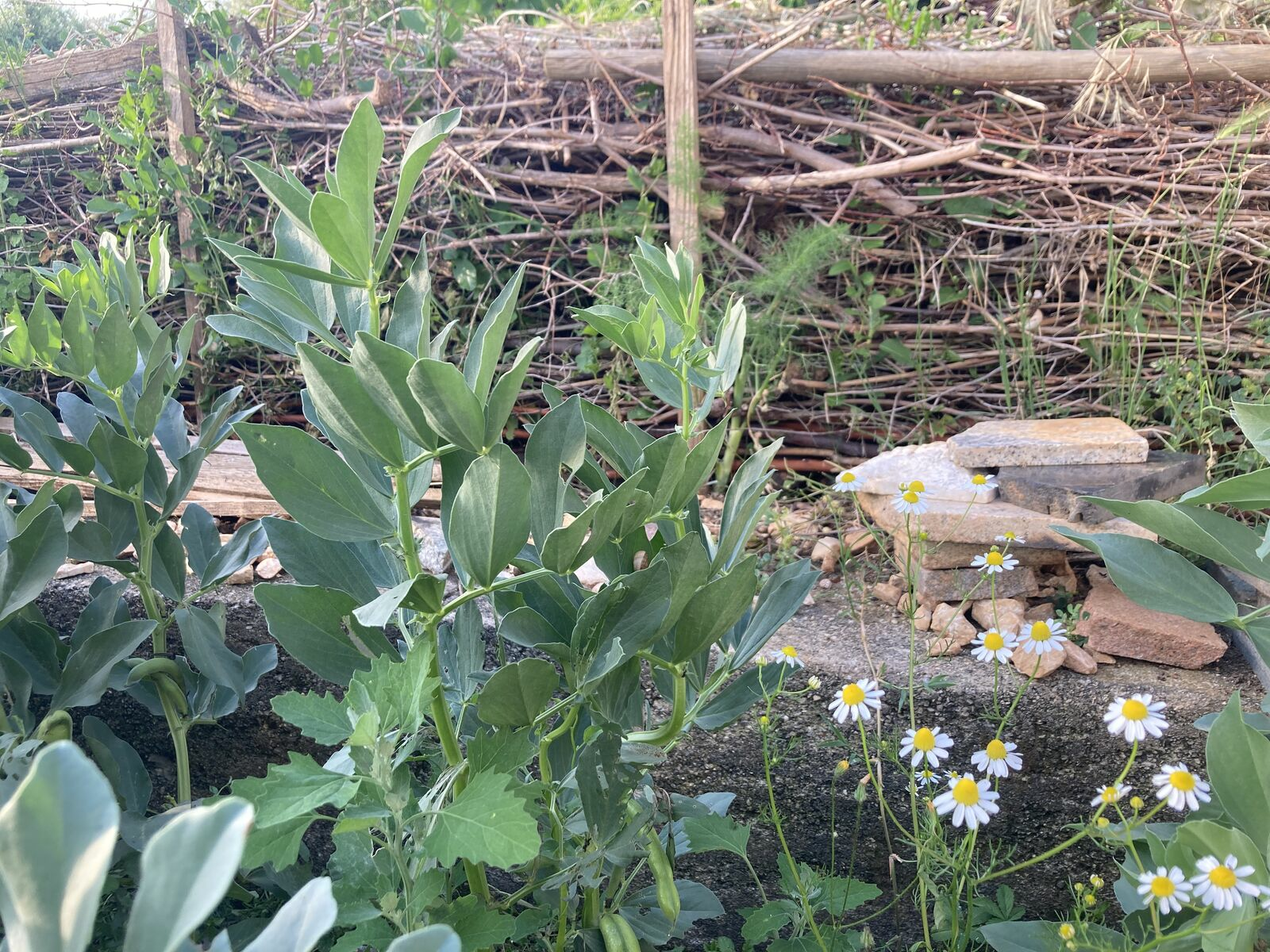
Create & Design a Permaculture Garden
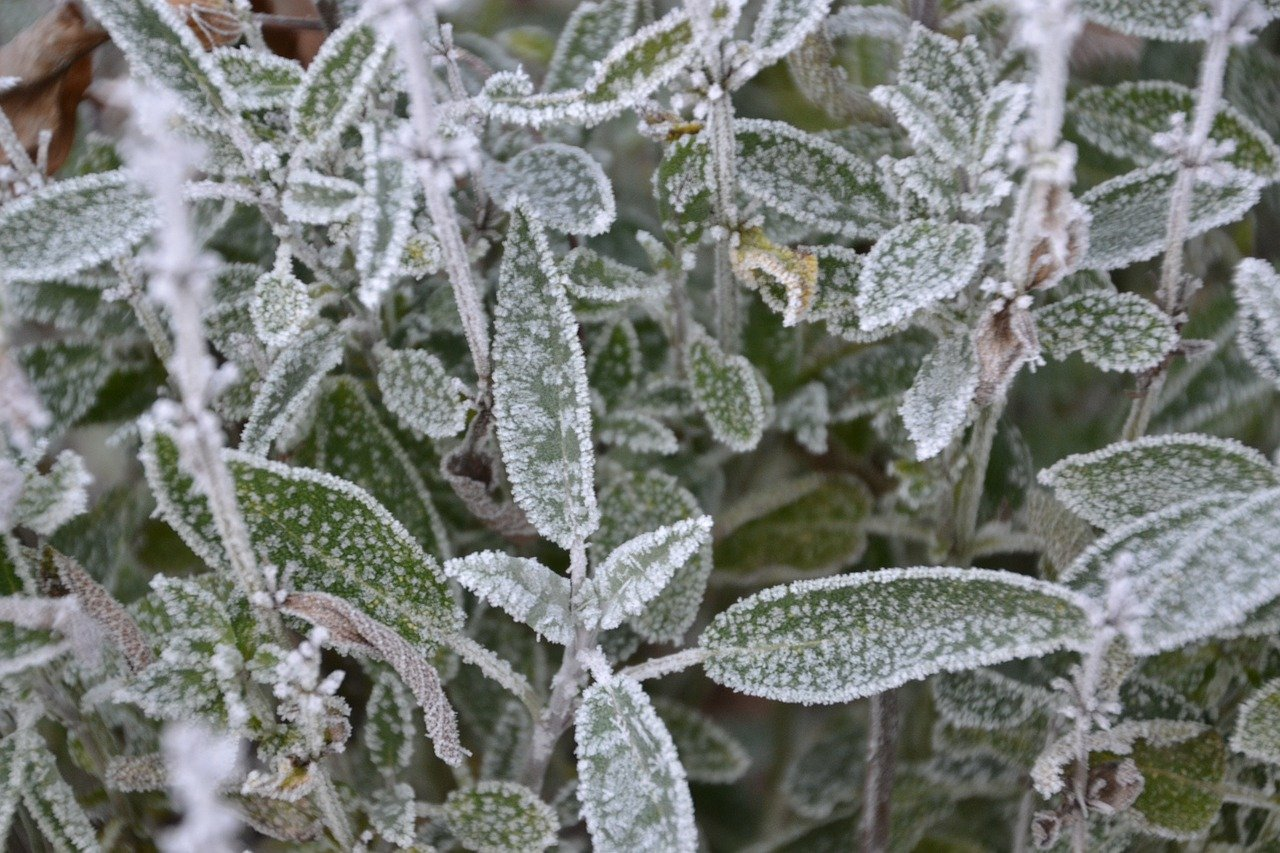
Overwintering Plants: Tubs, Pots and Raised Beds

Pruning, Fertilizing & Propagating Currants: Care Tips
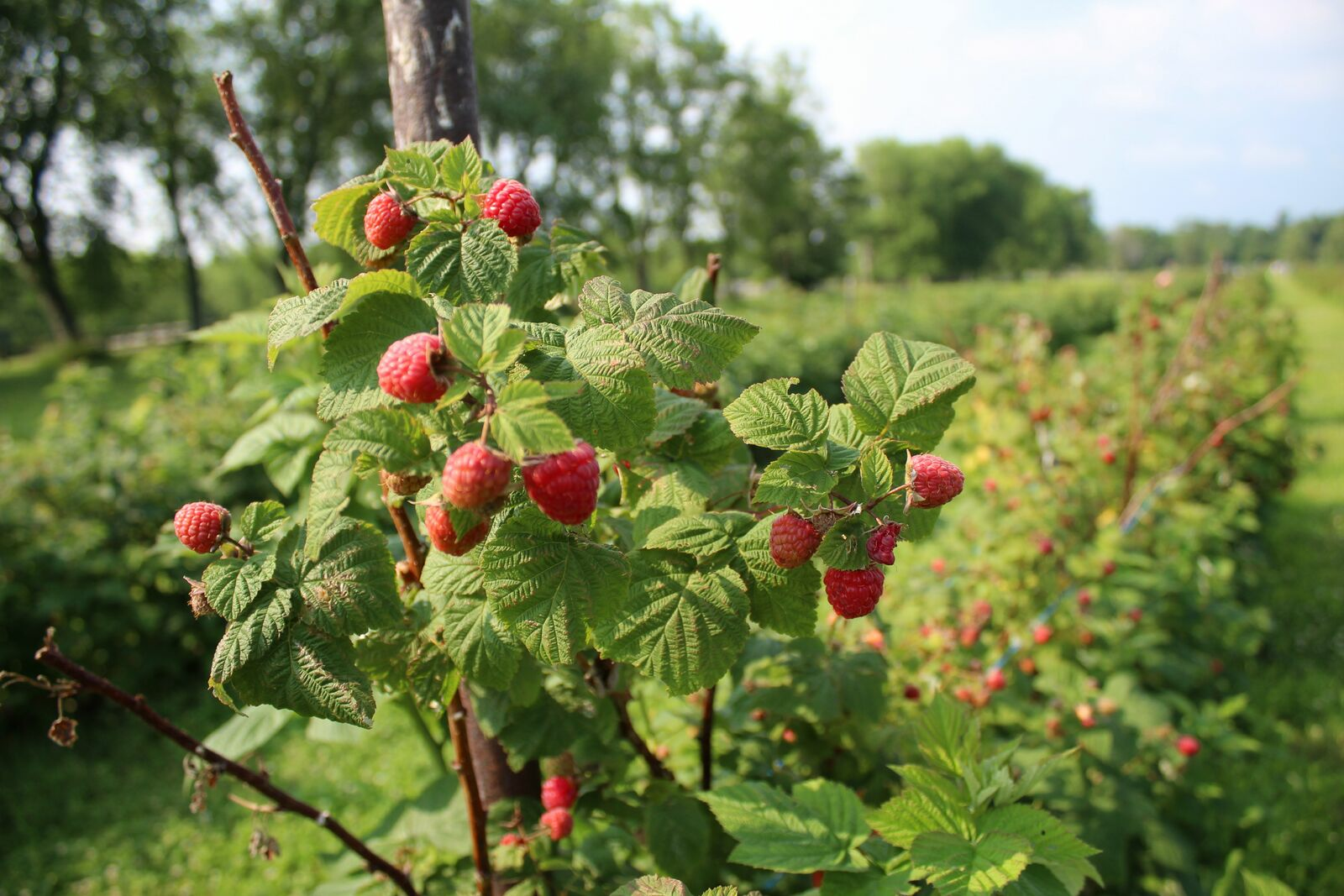
Pruning Raspberries: How to Do It

Vegetable Garden With Greenhouse: How to Use Greenhouse Effect

Winterizing Beds and the Garden: How to Do It